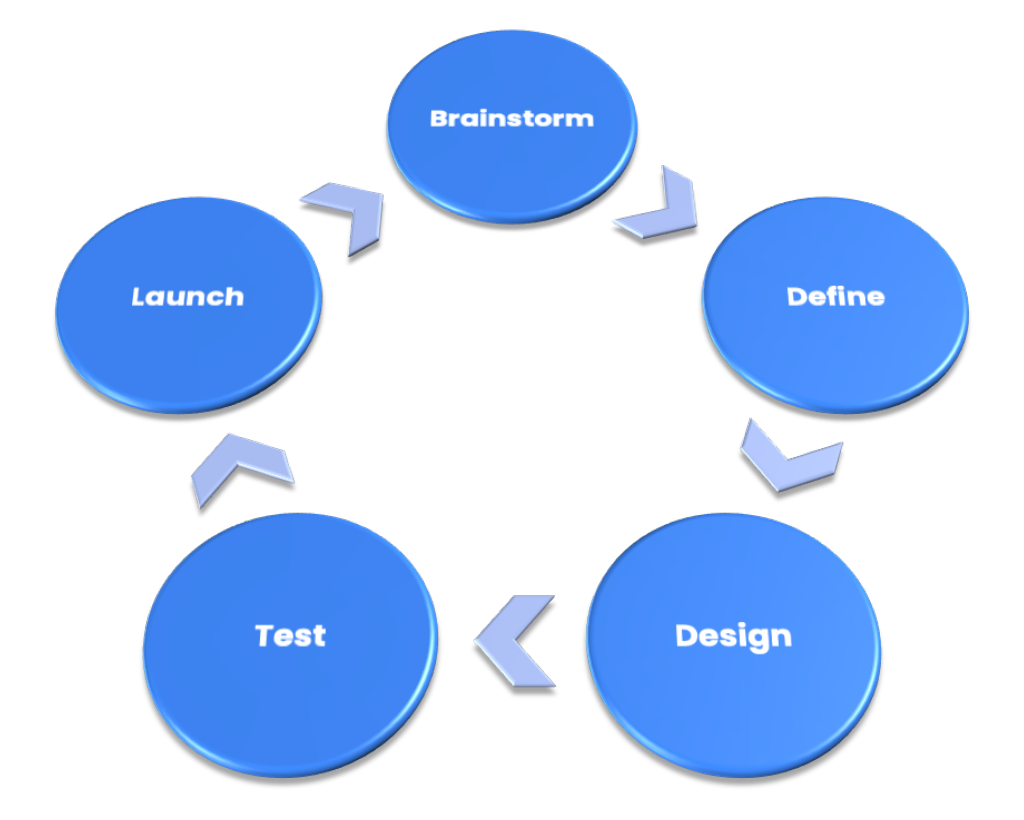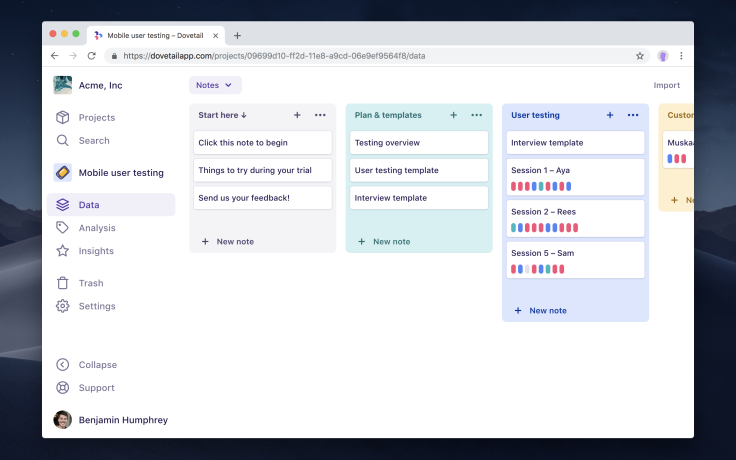
Connect with your users and build successful product experiences.
From validating ideas to uncovering hidden issues, UX research delivers actionable insights to make your experiences all about the user. Basing your digital product’s design and strategy on data from users ensures a successful approach that aligns with their expectations. UXR functions as a strategic tool, informing user-centric decisions, and uncovering issues to enhance user satisfaction.

What is UXR?
User Experience Research (UXR) puts the user or customer at the center, and is all about understanding your audience's needs, behaviors, and motivations when they interact with your product, whether it’s a website or mobile app. By leveraging different types of methodologies, including user testing, interviews, and surveys, actionable insights are uncovered that can guide the creation of more intuitive and impactful product interactions. The result of this is a user-centered and friendly product that fosters long-term engagement and brand loyalty.
Any company looking to create user-centric experiences, optimize conversions, and build lasting relationships with their audience stands to gain from the insights provided by UX research.
Why Invest in UXR?

Evidence-based decision-making
UXR turns decision-making into a strategic, data-driven process, arming businesses with crucial insights. By understanding users at a deeper level—their behaviors, desires, and unmet needs—companies can make informed choices that truly resonate with their audience and drive successful outcomes.
Validate ideas and prioritize
UXR can serve as the compass that validates potential ideas and features, ensuring the ones that resonate with the target audience are prioritized.
User, designer, and product executives all benefit
Results from research help guide both designers and product executives in creating experiences that truly align with user expectations, which in turn benefits users.
Uncover problems
UXR is a powerful tool for problem discovery, enabling you to unearth the root causes behind any issues you might be facing, ensuring optimal functioning and user satisfaction
Benefits of Implementing Recommendations Based on UX Research
Increase customer satisfaction, conversion rates and sign-ups
When design decisions are rooted in research, user satisfaction increases as products and services meet their needs more closely. This, in turn, leads to increased conversion rates and sign-ups, with users more inclined to engage due to the seamless experiences provided.
Increase brand trust and loyalty
By delivering experiences that resonate with user expectations, brands are fostering a sense of reliability and connection with their customers which in turn cultivates brand trust and loyalty.
Minimize future problems
Making decisions based on research minimizes potential future problems by making sure you’re investing in a product that users will enjoy. This strategic approach avoids wasteful spending on features or products that don't resonate with customers, effectively saving time and resources, as well as streamlining the development process.

A research process tailored to your needs
1. Defining the goals
By defining the goals of the study we can choose the right approach and methods to uncover what you are looking for. It’s important to define the scope, recruit the right participants, as well as choose effective questions to uncover the ’why’ behind their behaviors.
2. Conducting study
Generative or evaluative methods are applied while conducting the tests, interviews or surveys. Based on the goals, we will aim to extract either behavioral or attitudinal data from participants, gathering both qualitative and quantitative data.
3. Synthesizing data
After having gathered data from users, we synthesize to uncover common themes and valuable insights which then are translated into actionable recommendations for your product development.
4. Delivery
All points of the process are gathered in a report tailored to what the study entailed. Additionally, we can illustrate user journey maps, personas, or empathy maps to give an idea of the average user and their touchpoints when interacting with the product.
UXR Phases
Discovery Phase
Discover problems and opportunities for improvement with interviews and user testing.
Design Phase
Test Prototypes with usability testing, concept validation, a/b testing and card sorting.
Post-Launch
Measure performance with surveys and analytics.
What We Do
Our expert team leads the user research meetings to extract the important data from the subjects including:
-
Usability testing
-
User Interviews
-
Surveys
-
Prototype testing
-
Concept testing
-
Contextual Inquiry
-
Heuristic Evaluation
-
A/B Testing
-
Card Sorting
-
Tree Testing
-
Empathy map
-
User Persona
-
User Journey map
-
Service mapping


Tools We Use
-
Testing services online (usertesting.com, Hotjar)
-
Zoom
-
Figma
-
Dovetail
-
FigJam
-
Miro
-
Google Workspace
